When you search for information about pine wood you can find data that is often contradictory. It is clearly part of class of resinous plantsbut sometimes it is seen as a soft wood that scratches easily, sometimes as a quite hard and resistant wood, very suitable for construction. Even if they butt heads, the information is not wrong and that's because there are so many species of pine spread all over the world. Moreover, for each species there are several varieties with different properties. For example, the species Pinus Sylvestris, which is also present in Romanian forests, has more than 120 varieties, differing in genetics and resin composition.
Softwoods are not as spectacular as hardwoods, but the pattern of the species is very similar. Looking at it, only specialists can tell the difference, and in some species, like fir and spruce for example, neither can they make identification without microscopic analysis. Even though it has the same natural resinous pattern, the existence of these contradictory properties convinced me to devote an entire article to pine.
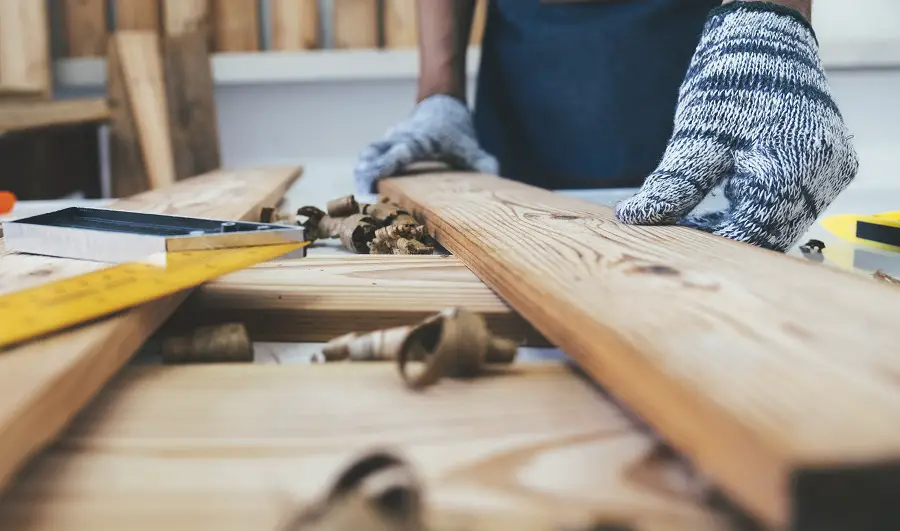
Genus Pinus. Pine species
The genus Pinus, which contains all types of pine, has over 120 species. They are found mainly in the northern hemisphere, but there are species that grow in the tropics or in temperate regions of the southern hemisphere. There is even a species - Sumatran pine - that we find at the equator. There are species that grow in tropical forests or semi-arid deserts, others that thrive in very cold areas or at altitudes above 4000 m. Many of the readily adaptable pine species have begun to be grown for timber or decorative purposes in both the northern and southern hemispheres.
Pines are evergreen trees that can reach up to 80 m tall, but whose average height is between 15 and 45 m. They live to be over 100 years old and can live to be 1000 years old, some even longer. Like all softwoods, the pine has a tall, straight, central trunk with branches from annual growth arranged in a circular pattern around the trunk. The leaves are long needles gathered 3-6 in a bundle. Pines have both male and female cone-shaped flowers. The male cones are small and fall quickly after pollination, the female cones are larger, woody and last up to 3 years. The seeds fall when the cone opens and have wings to be carried by the wind. In some species their transport is done by animals or special environmental conditions are needed to release them. For example, cones of Prigid inus are covered with resin and only open up after forest fires melt the resin and release the seeds, thus ensuring the perpetuation of the species.
While they do not differ greatly in appearance, there are big differences between the properties of some pine species. For example, Pinus echinata has similar compressive strength oak. Even though it is weaker in hardness, in terms of compression parallel to the fibre, it outperforms it. In general, the division into hard and soft pins is based on density. Weaker soft pines have an average density of between 400 and 480-500 kg/m³, uniform grain, with a slow transition from early to late wood (Pinus strobus, Pinus flexilisHard pines have a density between 500 and 650 kg/m³, they are harder, the appearance of the fibre is more uneven and the transition from early to late wood is abrupt (Pinus radiata, Pinus sylvestris).
Pinus sylvestris or European pine
Pinus sylvestris (which is also found here, but in a small proportion - 0.14% of the forest cover) is found throughout Europe and Asia and is widespread. It is also called Scots Pine or Baltic Pine and is found from Portugal to Anatolia and from northern Italy to Scandinavia, Siberia and the North Polar Circle. In cold northern areas it grows from sea level to altitudes of 1000 m, while in the south it grows at altitudes of 1200-2600 m.
The tree can reach maturity at 35-40 m and 1 m diameter. The bark is thick and scaly, grey-brown at the bottom and slightly orange at the top and on the branches. The needles (leaves) are not very long and are bluish-green. The cones are very small in the first year, reaching 5-7 cm at maturity. Seeds are small and blackish, winged and appear when the cones open, 2 years after pollination. There are more than 120 types of Pinus sylvestris, with very little difference between them in genetics or resin composition.
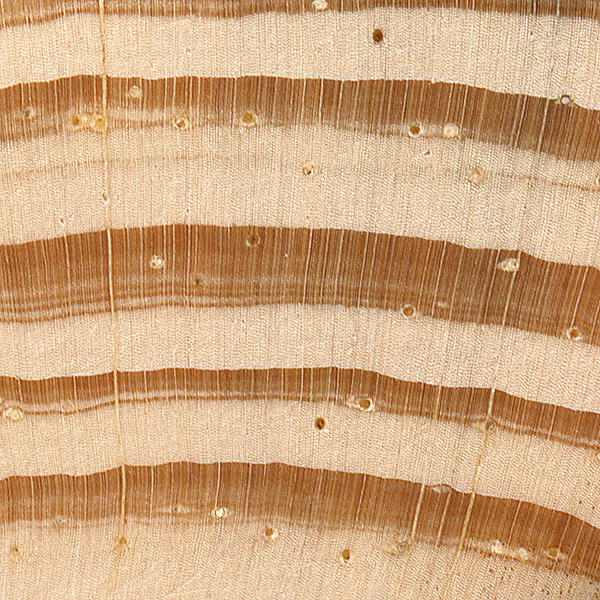
The cross-section through the pine trunk highlights the difference between sapwood and heartwood very well. The sapwood is pale yellow to white, while the heartwood is light reddish brown. The fibre is straight, with uniform texture. Resiniferous canals are uniform and evenly distributed, and the transition from early to late wood is abrupt, but the colour difference between them is not very great. Tracheid diameter is medium to wide.
Pine wood is resilient and has an average density of 550 kg/m³ and is considered to be a fairly hard wood. However, it has a medium to low durability and is not rot-resistant. Specific treatments increase resistance to external factors, treated pine can be used for outdoor projects. Although it shrinks quite a lot to variations in humidity, it does not crack or warp. It does, however, scratch easily and marks remain on the surface even after light knocks. It is easily worked by hand and mechanically, glued and finished without any problems. When machined it gives off a pleasant resin smell. It shows many knots on the surface which can sometimes be disturbing.
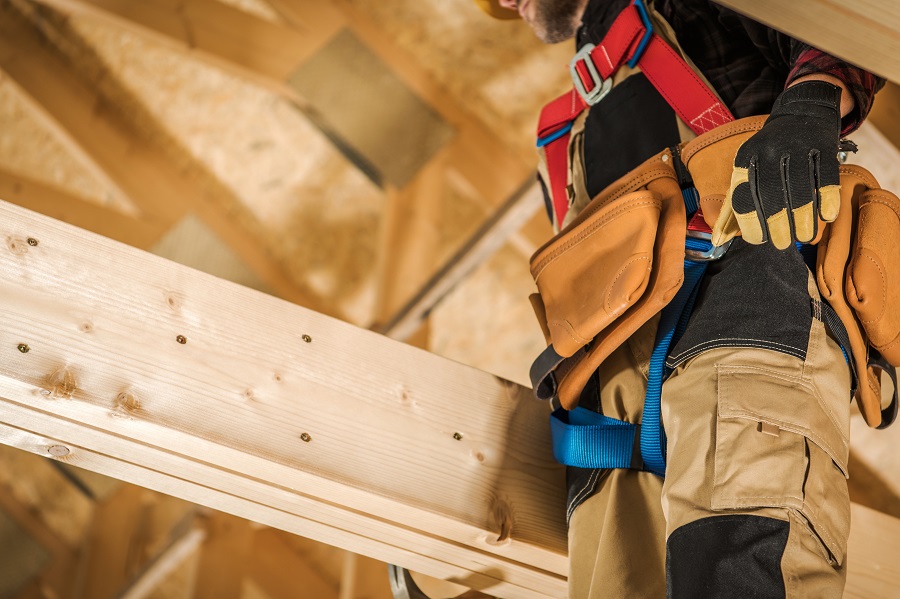
Uses of pine wood
Pine wood is one of the most widely used species. Most of our pine comes from the Nordic countries and is hard, strong and homogeneous. Slow growth due to low temperatures makes the wood denser than spruce, our most widely used softwood. It is used as a building material in the manufacture of lamellar beams and to obtaining tackle.
It is used in practically all sectors of woodworking: furniture, windows, doors, floors, frames, interiors, decorative objects. It can be treated by autoclave impregnation becoming outdoor resistant and for decking. Furniture can be made from solid wood, solid wood panels, plywood or veneer.
In construction it is used to make pillars, beams and trusses, in the construction of ashlars, for interior fittings. It is also used as a raw material for the production of industrialised timber such as glulam or CLT. The whole trunk is used to build log houses.
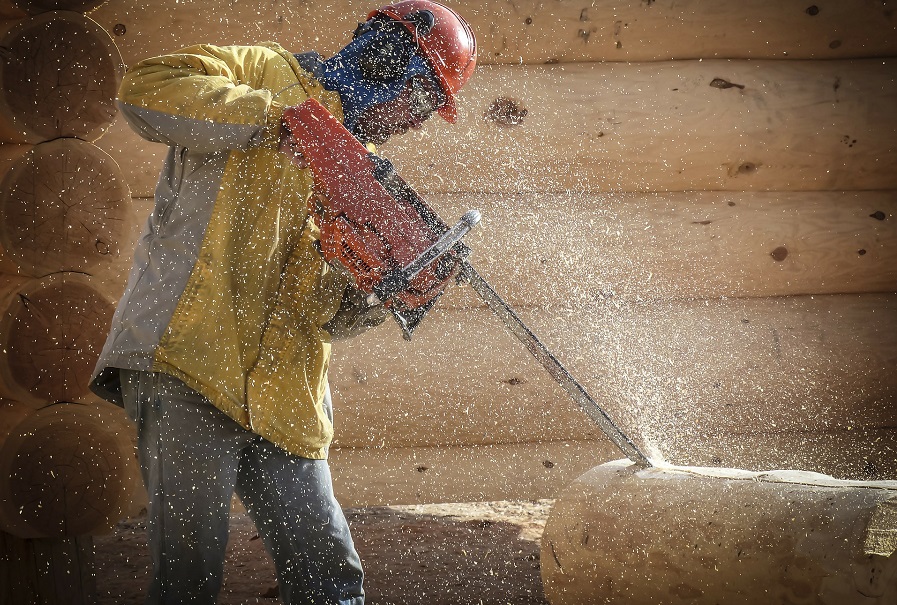
I hope you find the information interesting. If you have worked with pine and would like to share your experience, thank you and we will be sure to complete the article with the information we receive. And if you have any questions or queries, please leave them in the space below. I will certainly answer them.

























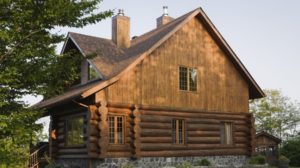

Add comment